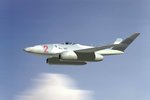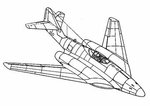kool kitty89
Senior Master Sergeant
I didn't say it was accurate of reality I just meant it was another interesting comparison. Look what the purpose of website is. (it's about the Blackhawks comic series)  It's been noted several times on the "WWII In Color" forum.
It's been noted several times on the "WWII In Color" forum.
see: The First American Jet (1942) - WW2inColor Talk
Sorry though, I should have been more clear on the purpose of the post...
Although, while the written statements aren't very correct, the chart has the same figures as FlyboyJ's one on page 1.
see: The First American Jet (1942) - WW2inColor Talk
Sorry though, I should have been more clear on the purpose of the post...
Although, while the written statements aren't very correct, the chart has the same figures as FlyboyJ's one on page 1.




